Boston Children's Museum
308 Congress Street, Boston, MA 02210
617-426-6500
© Boston Children’s Museum 2024
Website Design by Jackrabbit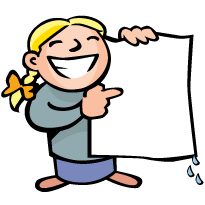
Along with the chance for children to express themselves creatively, paper making presents a great opportunity to talk about recycling. And children can use the paper they create for other activities in this curriculum, like paper marbling and print making.
VIEW ACTIVITY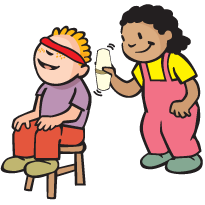
Children’s bodies are undergoing constant change. By getting to know their own bodies better, these changes can be less mysterious. And a child who is in tune with their own body can use all of their senses as tools as they explore and try to understand the world around them. This activity helps children learn more about their sense of hearing.
VIEW ACTIVITY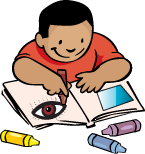
Children’s bodies are undergoing constant change. By getting to know their own bodies better, these changes can be less mysterious. And a child who is in tune with their own body can use all of their senses as tools as they explore and try to understand the world around them. This activity helps children learn more about their sense of sight.
VIEW ACTIVITY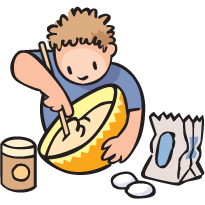
Cooking activities, even simple ones like this, are filled with great learning opportunities. Along with measurement and math skills, kids can develop problem solving and literacy skills as well. By experimenting with the ways that certain ingredients act and react with each other, children will gain an understanding of basic cooking chemistry, and will even learn about design as they create and make changes to their cupcake “prototypes”.
VIEW ACTIVITY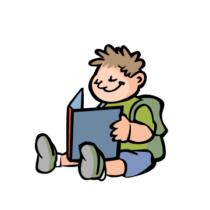
Children will have their own special associations with spring and its early signs. For the Mashpee Wampanoag in Massachusetts the signs of spring always begin with the return of a special fish, the herring, from the ocean to the local streams and rivers to spawn. This event marks the celebration of the Wampanoag New Year. What other new year’s festivals and celebrations are your children familiar with? Are there natural occurrences which are associated with them?
VIEW ACTIVITY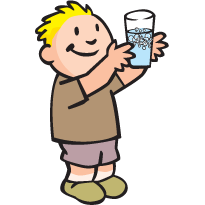
Cooking activities are filled with great learning opportunities. Along with measurement and math skills, kids can develop problem solving and literacy skills as well. By experimenting with the ways that certain ingredients act and react with each other, children will gain an understanding of basic cooking chemistry, and by isolating these reactions, kids can become more knowledgeable bakers.
VIEW ACTIVITY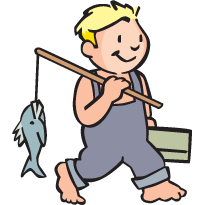
Children are familiar with celebrations like Thanksgiving, Christmas and New Year’s Day, but there are many other celebrations recognized by other cultures that your students may be less familiar with. By learning about these celebrations, children can gain insight not only into the customs of other cultures, but they can come closer to understanding and appreciating the diversity of some of their peers as well. Spring is the time of year that Wampanoag culture gives thanks for the herring that fill the rivers and streams. This activity introduces students to the methods by which the Wampanoag traditionally caught herring and other fish.
VIEW ACTIVITY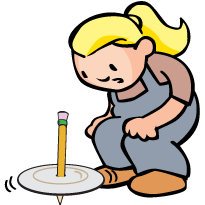
Now that your students have tried all of the Tops activities and experimented with the size, weight and other variables involved in top design, they can use everything they’ve learned to create the ultimate top. This activity also gives students a chance to design how their top will look by drawing or coloring it with markers, colored pencils, crayons, etc.
VIEW ACTIVITY
Team storytelling encourages creative writing and practice of written language. It also helps children learn how to write clear sentences and paragraphs that develop a central idea, and how to be thoughtful about the audience and purpose of written material.
VIEW ACTIVITY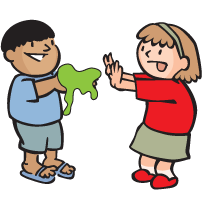
Giving children an opportunity to play with interesting materials in an open-ended setting allows them to develop observation skills, problem solving skills and methods of experimentation. The material used in this activity, “Oobleck”, is made from ingredients found in most kitchens.
VIEW ACTIVITY